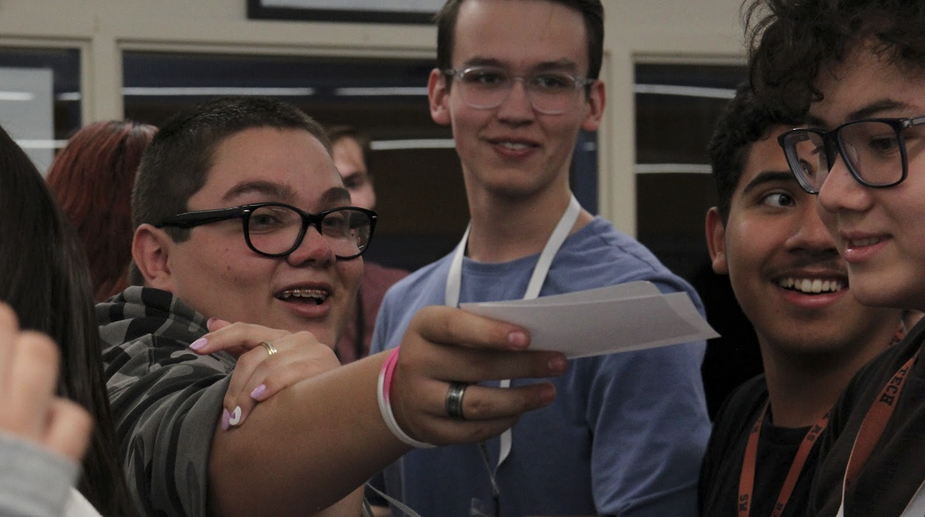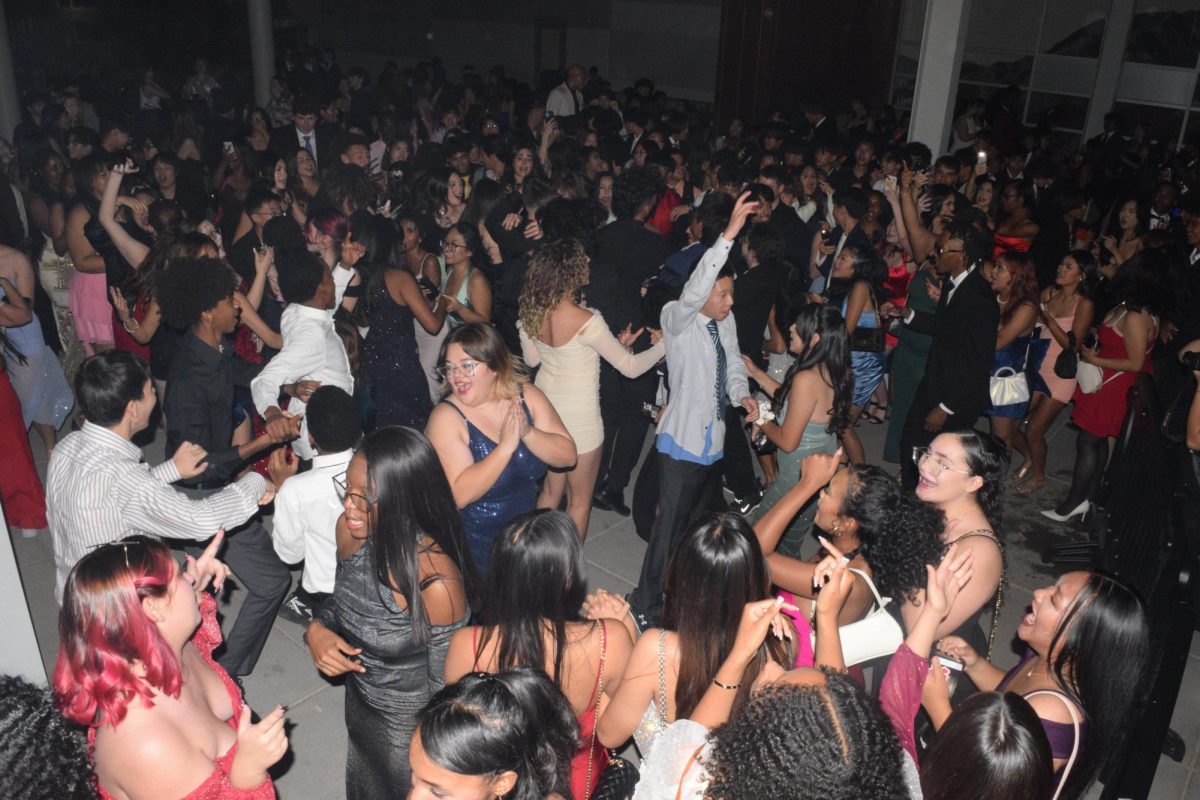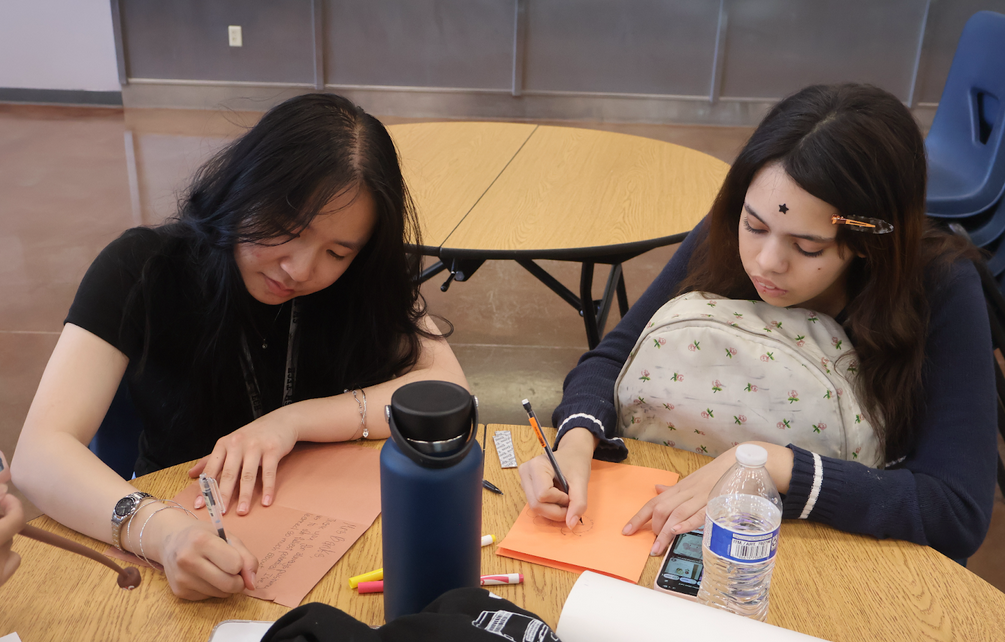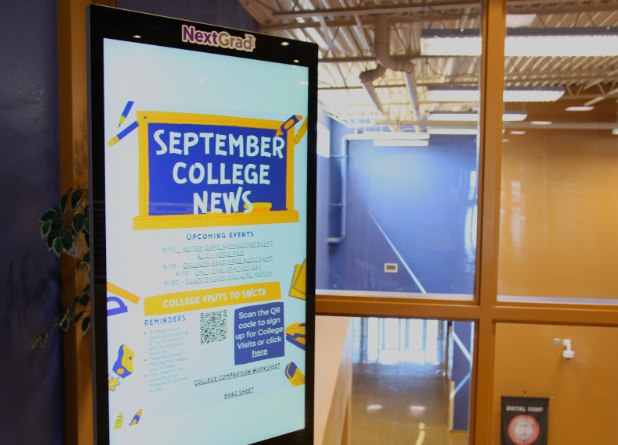Rarely will Southwest Career and Technical Academy students complain that they do not receive enough work. It can be overwhelming when students are buried in assignments, and not to mention how frustrated students are when they do not understand the concept of their homework.
“I understand things a lot easier in class. But once it’s 8:00 at night and I’m at home alone, my homework always seems ten times more difficult, if not impossible,” says junior Eloise Albania.
This school year, teachers at SWCTA adopted a system called the Flip Model. Founded in 2007 by educators Jonathan Bergman and Aaron Sams, the flip model has been a success according to many SWCTA teachers.
“The flip model is beneficial. During class, much more students engage in discussion. I am very happy with the test results,” states Pre-calculus and AP calculus teacher, Mr. Michael Lane.
A survey was conducted in 2011 by Jeremy F. Strayer from Ohio State University. The results show that before using the flip model, more than 44% of freshman failed math, whereas after using the flip model, the failing rate decreased to 13%.
“The Flip Model enables Geometry students to more effectively use in-class time for investigation and solution of actual problems related to the material they are studying. It is proving to be a more efficient way to combine content delivery and practical application,” adds math teacher Mr. Charles Felgar.
Teachers use different mediums to introduce new skills for students to complete independently outside of class. Some examples may include reading an excerpt of an article, viewing and analyzing photos, or even completing an online game. Then “homework” moves into the classroom, where students are able to apply the skills to authentic classroom activities.
“Last year I used to have a hard time finishing all of my math homework without giving up. I think it is neat how we can simply raise our hand and ask Mr. Lane for help if we aren’t so sure about how to solve a certain equation,” comments junior Kyle Dalope.
Due to its effectiveness, more and more teachers at SWCTA are beginning to apply the concept of the flip model in their classroom. US History teacher Zacariah Douglas assigns his AP class chapter notes once a week along with an ePub, which includes the summary of the chapter and a video explaining historical events corresponding to the current chapter.
“Students are motivated to take good notes because they are allowed to use them on the chapter quizzes in class. If I let you use a cheat sheet, would you write as much as you could on it? Same concept applies,” stated Douglas.
The “flipped classroom” also allows time for more educational activities, rather than sitting in a classroom for 90 minutes listening to a lecture, taking notes and then completing a worksheet.
“I think that this type of hybrid instruction is excellent, because it allows the students to preview the material prior to class. The students arrive to class aware of the terms and concepts for the next lesson and now have time in class with me to apply them,” says Mr. Matthew LaPorte, English teacher.
The Flip Model is a new approach of teaching being introduced at SWCTA, and so far it has been favorable among the students and teachers.

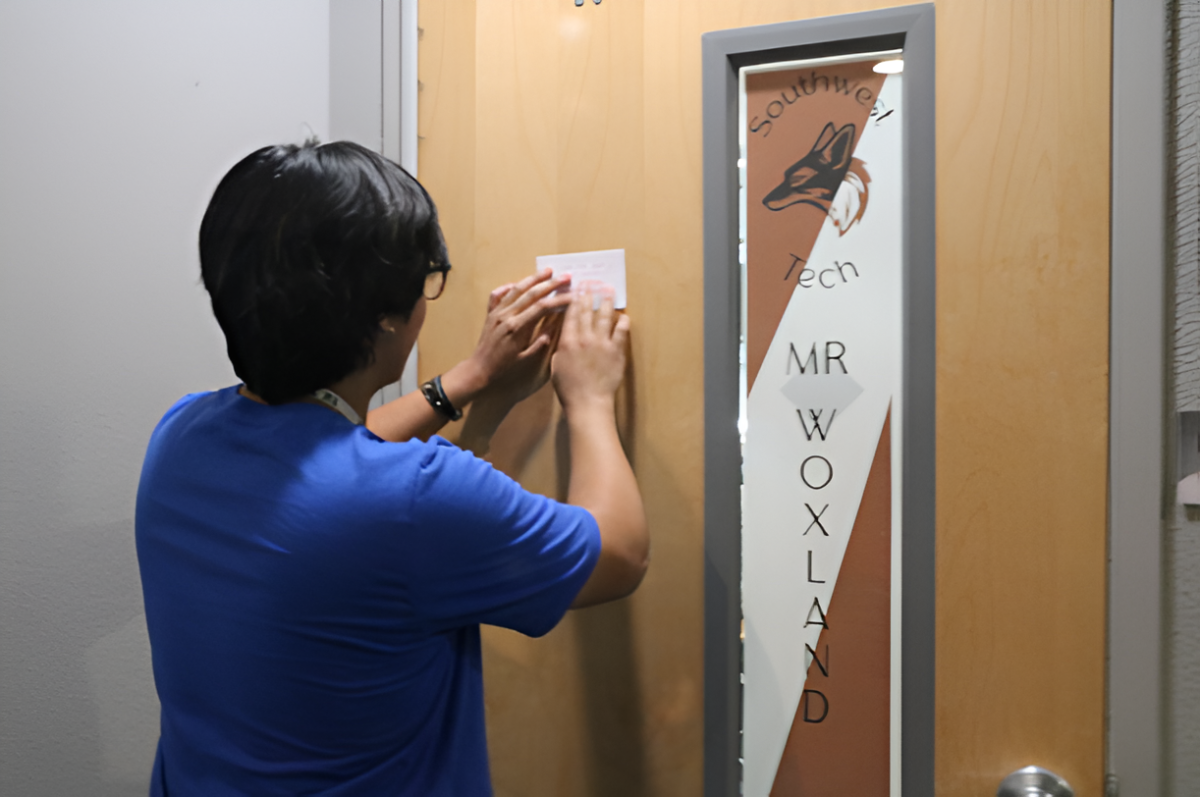
![Practicing the basic skills of nursing, sophomore Natalia Yancey gets her heartbeat checked with a stethoscope. Sophomore nursing students reviewed skills from freshman year. “I’ve always wanted to be in the medical field; it’s been my dream forever,” Yancey said. “Doing [practice skills] so early on is not only an amazing opportunity, but it helps me to prepare for my future.”](https://southwestshadow.com/wp-content/uploads/2025/10/IMG_9843-1200x800.jpg)
